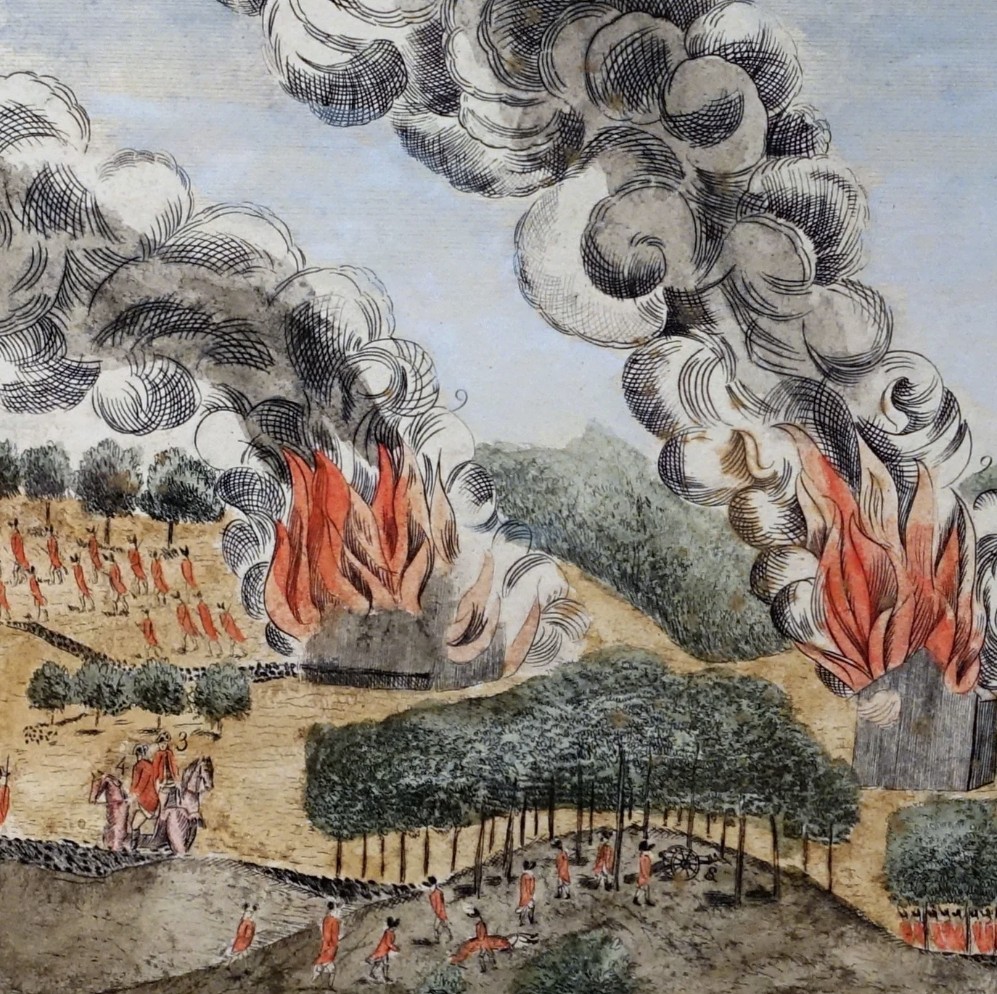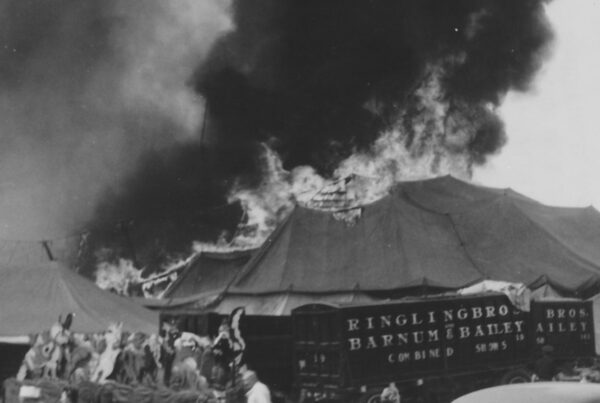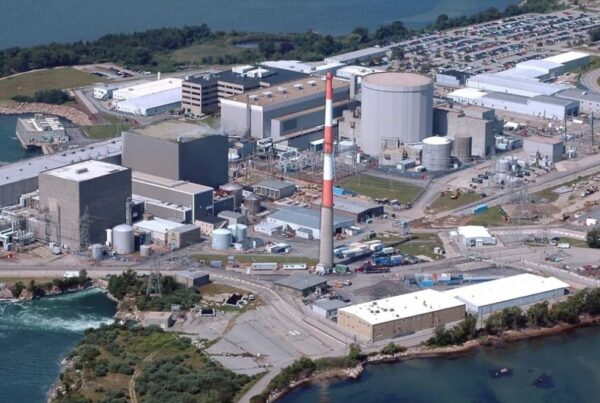The Burning of Fairfield, Connecticut, in 1779 was one of the most devastating attacks on an American town during the Revolutionary War. On July 7, a fleet of British warships appeared off the coast of Fairfield, Connecticut. The soldiers aboard, led by General William Tryon, waited for the fog to lift before launching their assault. Fairfield, a Patriot stronghold in a region with significant Loyalist presence, was a prime target for British retaliation. While some residents fled to Greenfield Hill, others remained, hoping to protect their homes and livelihoods.
Destruction of a Patriot Stronghold
Once ashore, approximately 2,000 British and Hessian troops stormed the town and met resistance from local militia forces. However, the defenders were quickly overwhelmed, and the British proceeded with their mission—to punish Fairfield for its Patriot leanings by setting it ablaze. By the time they left, the town was unrecognizable. Nearly 100 homes, along with barns, stores, two schoolhouses, the courthouse, two meetinghouses, and the county jail, had all been reduced to ashes. The destruction was so complete that when George Washington visited the town a decade later, he remarked that chimneys of burned houses still stood as haunting reminders of the devastation.
Despite the widespread destruction, not every structure was lost. Sixteen homes in Fairfield survived the burning and still stand today, serving as rare remnants of the pre-Revolutionary era. These structures, along with a few homes in neighboring Bridgeport, Westport, and Easton, escaped the flames and offer a glimpse into the town’s colonial past.
Eyewitness Accounts of the Attack
Personal accounts from Fairfield residents paint a harrowing picture of the attack. Eunice Burr, a prominent town resident, described British soldiers ransacking her home, stealing valuables, and destroying furniture while demanding to know the whereabouts of her husband, a known Patriot. Jane Bulkley recalled overhearing officers boasting that by morning, no house in Fairfield would be left standing. Mary Beers, who attempted to flee with her children, was threatened with bayonets and barely escaped with her life.
The British occupation and burning of Fairfield took place over two days, with the most destruction occurring as the troops prepared to leave. Hessian mercenaries, hired by the British to cover their retreat, set fire to nearly every building in sight. Even churches and homes of ministers were not spared, a move that only deepened the outrage of the town’s residents.
Connecticut’s Western Reserve: Fairfield Rebuilt in Ohio
The attack on Fairfield was part of a larger British campaign to terrorize and weaken Patriot strongholds along the Connecticut coast. The raid followed similar attacks on New Haven and Norwalk, all aimed at breaking the spirit of the revolutionaries. However, rather than discouraging the cause, the destruction of Fairfield only strengthened local resistance.
For the people of Fairfield, the burning was a turning point. The town, once a thriving hub, had to rebuild from almost nothing. Those who stayed behind faced years of hardship as they tried to reconstruct their homes and businesses. Recognizing the immense loss suffered by Fairfield and other Connecticut towns burned during the war, the state awarded land grants in what is now Ohio to those who had lost property.
This area, known as the Connecticut Western Reserve, became a new home for some displaced Fairfield residents and other victims of British raids. Towns such as Norwalk, New Haven, and Fairfield, Ohio, were established by Connecticut settlers. The architecture in these towns reflected their New England roots, with colonial-style town greens, white clapboard churches, and Federalist-style homes that closely resembled those left behind in Connecticut. Even today, visitors to towns like Hudson, Ohio, or Tallmadge, Ohio, can see the strong influence of Connecticut design in their town centers. The orderly layout of these towns, with central greens surrounded by churches and civic buildings, mirrored the classic New England model, ensuring that while Fairfield was physically destroyed, its spirit lived on in the newly settled lands of the West.
Legacy of Resilience
Today, the Burning of Fairfield is remembered as one of the most significant moments in the town’s history. Exhibits at the Fairfield Museum and History Center recount the personal stories of those who lived through the destruction, keeping their voices alive for future generations. The attack was meant to cripple Fairfield and its Patriot cause, but instead, it became a defining moment of resilience.
While the British succeeded in their mission of destruction, they failed to break the resolve of the Patriots who called Fairfield home. The town, like the nation, would rise from the ashes, stronger than before—both in Connecticut and in the new lands of the Western Reserve.
Cress is a leading real estate agent serving buyers of high-end properties in Fairfield County, CT. What sets us apart from other agents is our unwavering commitment to offering the lowest fees in the industry for the level of service we provide. We believe you shouldn’t have to sacrifice quality for affordability.
Our flat fee buyer’s agent services and commission rebate models make luxury real estate more accessible, delivering top-tier service and unmatched value. By streamlining operations and leveraging technology, we pass those savings directly to you, ensuring an exceptional real estate experience. For more information, visit www.callcress.com.
Doug Cress
(212) 203-5251
doug@cress.co
License #RES.0832278
Fairfield County, CT
Enterprise Realty Inc.
License #REB.0751297
45 Huntington Plaza
Shelton, CT 06484




